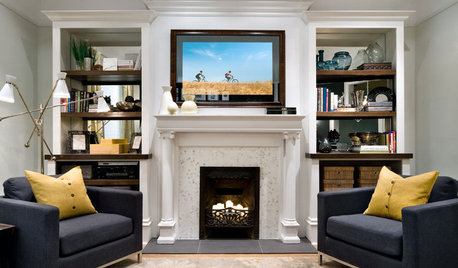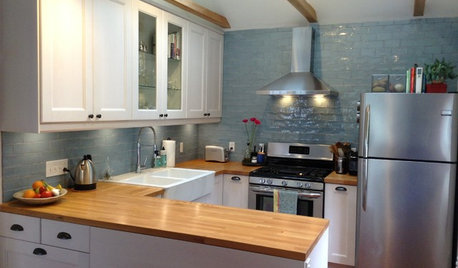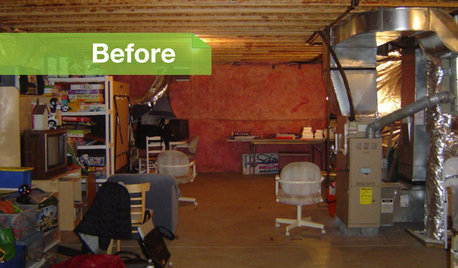Subpanel installation
lapoltba
10 years ago
Related Stories

HOME TECHSave Your Decor — Hide Your Media Stuff
When you tuck boxes, wires and speakers into walls and ceilings, all you'll notice is your favorite shows or music
Full Story
MOST POPULARThe 100-Square-Foot Kitchen: A Former Bedroom Gets Cooking
DIY skill helps create a modern kitchen where there wasn’t one before
Full Story
BASEMENTSBasement of the Week: Movies, Workouts and Billiards
Family togetherness moves to a whole other level with a remodeled basement designed to appeal to all
Full Story








Ron Natalie
lapoltbaOriginal Author
Related Professionals
Athens General Contractors · Enfield General Contractors · Havelock General Contractors · Haysville General Contractors · New Bern General Contractors · North New Hyde Park General Contractors · Parkersburg General Contractors · Tamarac General Contractors · Benicia Solar Energy Systems · Holliston Solar Energy Systems · Crystal Home Automation & Home Media · Springfield Home Automation & Home Media · Waukegan Home Automation & Home Media · Walnut Creek Home Automation & Home Media · East Cleveland Home Automation & Home MediaRon Natalie
lapoltbaOriginal Author
Ron Natalie
User
lapoltbaOriginal Author
bus_driver
lapoltbaOriginal Author